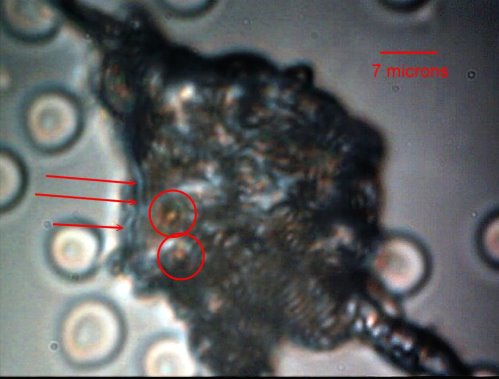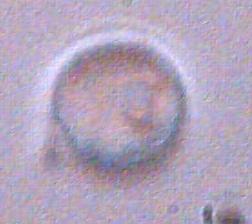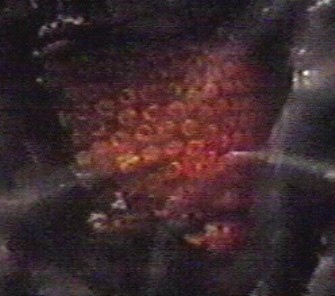
MORGELLONS: AIRBORNE, SKIN & BLOOD – A MATCH
This paper discusses the finding that there is essentially identical form, size and structure between the airborne filament samples that have been reported on extensively over the years in connection with the aerosol operations, the morphology of at least one characteristic Morgellon's fiber and with a series of blood anomalies that have recently been documented. The three main topics and their critical points outlined with supporting graphic images in this critical paper include: 1) Morgellon's fibers and skin samples - At least one characteristic fiber form from the Morgellon's condition contains within it a rather remarkable and extensive sub-micron fibrous network. 2) Blood samples - There appears to a remarkable coincidence of form and similarity between the internal structure of the Morgellon's skin fiber and the anomalous form in the blood of the same individual. 3) Airborne fiber - The latest microphotographs, at much higher magnification than was originally available in previous Carnicom papers, of the airborne fibrous sample that was sent to the U.S. Environmental Protection Agency for identification. This now clearly implicates and questions the role and relationship of the airborne filaments to Morgellon's and the blood conditions that are currently under research.






